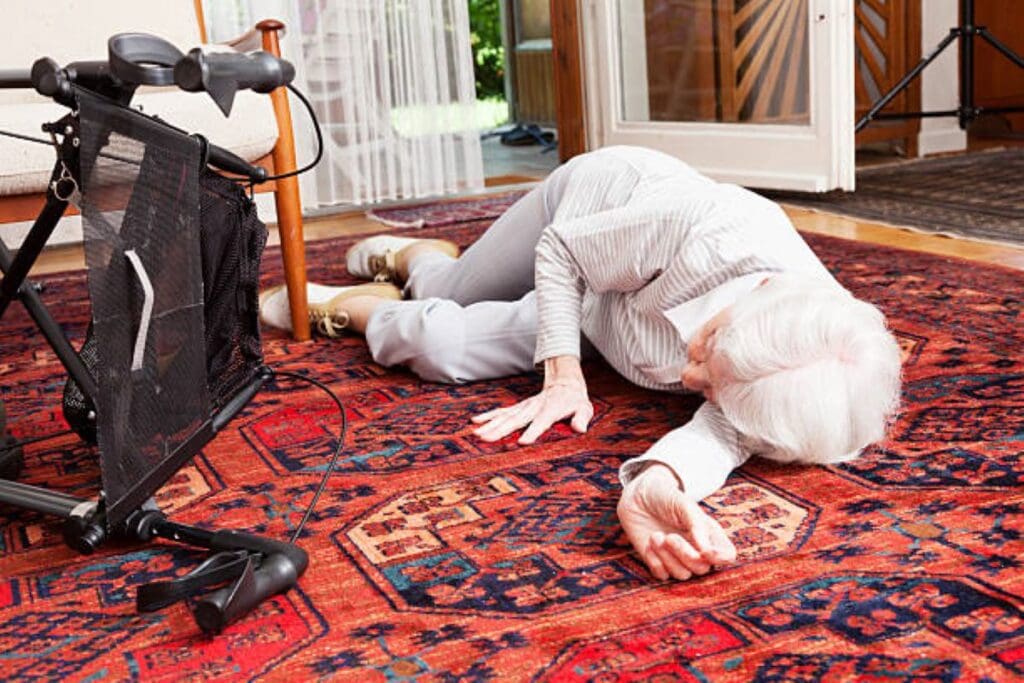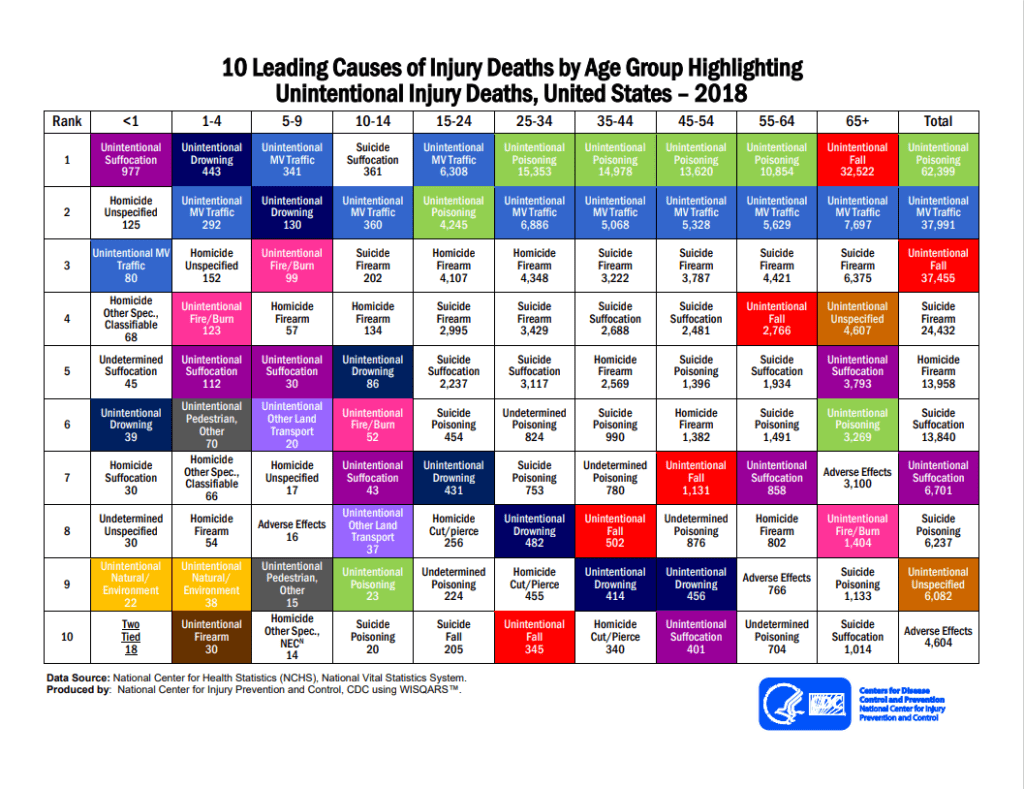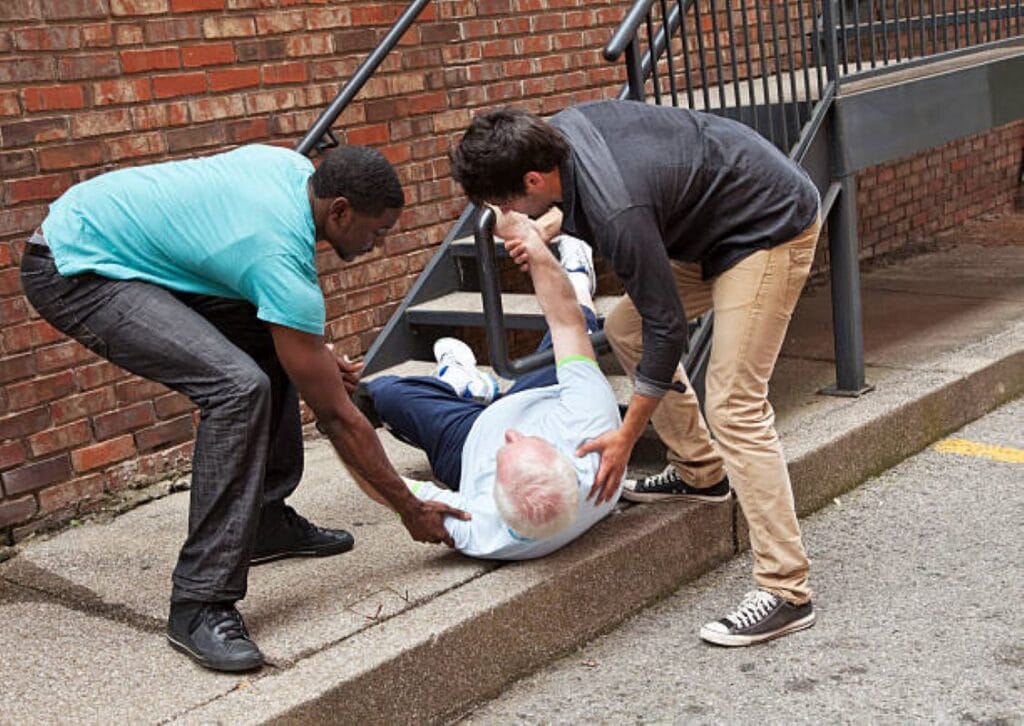Table of Contents
Falls pose a real threat to older adults and reduces their ability to stay independent. However, you do not have to fear fatal injuries or fall deaths for your loved one as there are ways to significantly reduce their chances of falling.
Before discussing strategies that can be implemented by the elderly to reduce and prevent falls, let’s take a look at the reasons why people over the age of 65 fall, and fall deaths statistics.
The number of people aged 65 and over increasing in the U.S each year with aging baby boomers. Unfortunately, so are the number of deaths from falls related to balance and gait. For this reason, special attention was given to reviewing seniors’ medications and to advise the elderly to incorporate strengthening and balance training into their daily routine. The Falls Free Initiative by the National Council on Aging (NCOA) is a national effort led by NCOA to address this serious issue.

According to the CDC (Center for Disease Control) deaths stemming from unintentional injuries are number 7 on the list of the leading causes of deaths among older citizens.
Close to 30,000 adults aged 65 years or older died due to falls during 2016. Also, the rate of deaths from falling was reported to be much higher among older Caucasian adults than any other ethnic groups.
The fatal falls rate was much higher among older men than women in 2016 who mostly experienced nonfatal falls. Men may have experienced more traumatic falls as they are more inclined to perform riskier activities as they age. Climbing a ladder would be an example.
The number one leading cause of unintentional fall deaths among individuals 65 totaled 32,522 during 2018 as can be seen on the chart below
How would you define a fall? In physical therapy, a fall is defined as any event that leads to an unplanned, unexpected contact with a supporting surface, such as the floor or a piece of furniture, that is not the result of a push or shove or the result of a medical event, such as a heart attack or fainting. This definition is from choosept.com. Fall related injuries are categorized as either fatal or non-fatal.
Take a look at some key factors highlighted by the World Health Organization related to fall deaths:

Fall injuries prove to be a major health issue in older people. In fact, according to an assessment conducted among older people in Finland during 1971 through 2002, fall induced deaths increased among the elderly as reported by the American Public Health Association. And is projected to increase another 108% by the year 2030.
In the United States, injury from falling is the already the number one cause of death in the elderly.
Age definitely plays a huge role as elderly individuals face the risk of deaths from falling. For instance, up to 30% of older people who experience falls experience moderate to severe injuries like head trauma, hip fractures, and bruises. Once over the age of 65, every year increases the chance of significant injury from a fall.

Effective fall prevention strategies must be put in place to help prevent fatal injuries and reduce the total number of falls. Your mother would benefit from fall prevention programs, such as:
One of the best ways to reduce risk of death from falling is through regular visits to a physician. They can prescribe therapy to assist with home evaluations or strength and balance exercises. This will improve your loved one's mobility, improve their quality of life and reduce their risk of a significant injury from a fall.
That's all for today.
Take care, keep mom safe and have a great day!
Winn